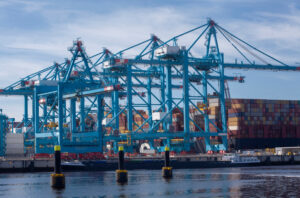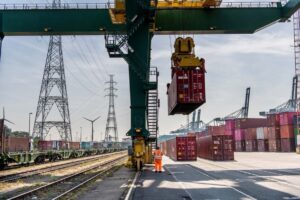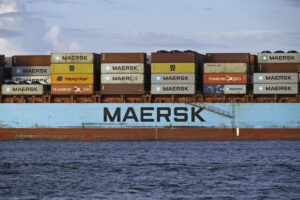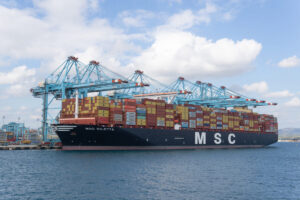An independent safety study into the Panama Canal expansion – due to open on June 26, 2016 – which was commissioned by the International Transport Workers’ Federation (ITF) and carried out by Brazil’s Fundação Homem de Mar (FHM), has raised pressing concerns about the canal’s new locks.
The study was carried out in response to safety concerns raised by its Panamanian member unions.
FHM was tasked with preparing a mathematical model, using a Manoeuvring Simulator Class A, to recreate the new locks, a neo-Panamax vessel and the tugboats that would assist its manoeuvres.
Technical Paper: Panama Canal: Business as Usual or Game-Changer?
The concerns raised by the unions centred on the Panama Canal Administration’s refusal to engage in dialogue on matters such as training, as well as the technical and construction issues that have led to delays in the operation of the new infrastructure.
PTI is due to launch its own Terminal Automation & Training Conference in a bid to discuss how automation can be adopted at global terminals, as well advancing training capabilities.
Read more about the conference here
They have been borne out by the study’s simulation exercises. These, using a neo-Panamax model vessel and two tugboats, concluded that the safety of manoeuvrability is compromised due to several factors, including the locks’ dimensions being too small for safe operation (with both gates closed).
In terms of manoeuvrability in the locks, the control of the vessel was compromised under the average environmental conditions present in that geographic area (data provided by the contracting party).
Technical Paper: Are Global Ports Preparing for the Expanded Panama Canal?
The study recommends that a complete risk analysis and special training should be carried out to avoid any accidents that may result in loss of life or pollution.
The ITF has previously offered to work with the Panama Canal Authority (PCA) to ensure that the safety concerns of those who will work on the new infrastructure are addressed, and is making the study available to the PCA.
Steve Cotton, General Secretary of the ITF, said: “I wish I could report that the study gave the new locks the all clear. Sadly, I can’t. Instead we face a situation where those working on the canal, and those passing through it, are potentially at risk. That will have to change.
“The study was based on the PCA's original plan to use one forward tug and one aft tug. We understand that compensatory alternatives are being examined, which we welcome.
“The issues identified in this study will not be a surprise to workers on the canal. Unfortunately their expertise and experience have up to now been snubbed. Thankfully they’re still on offer. Those who’ll be working these locks have to be brought into the process, while there’s still time to fix the defects.”
He concluded: “We believe that this is an issue where there is common ground with shipowners, insurers and others in the maritime industry, so we will seek to engage them in the discussions and strategies for improvement in this crucial area and may also consider updating the simulation to cover new manoeuvring alternatives in co-operation with the PCA, as well as other shipping industry representatives.”
(Source: ITF Americas / YouTube)








